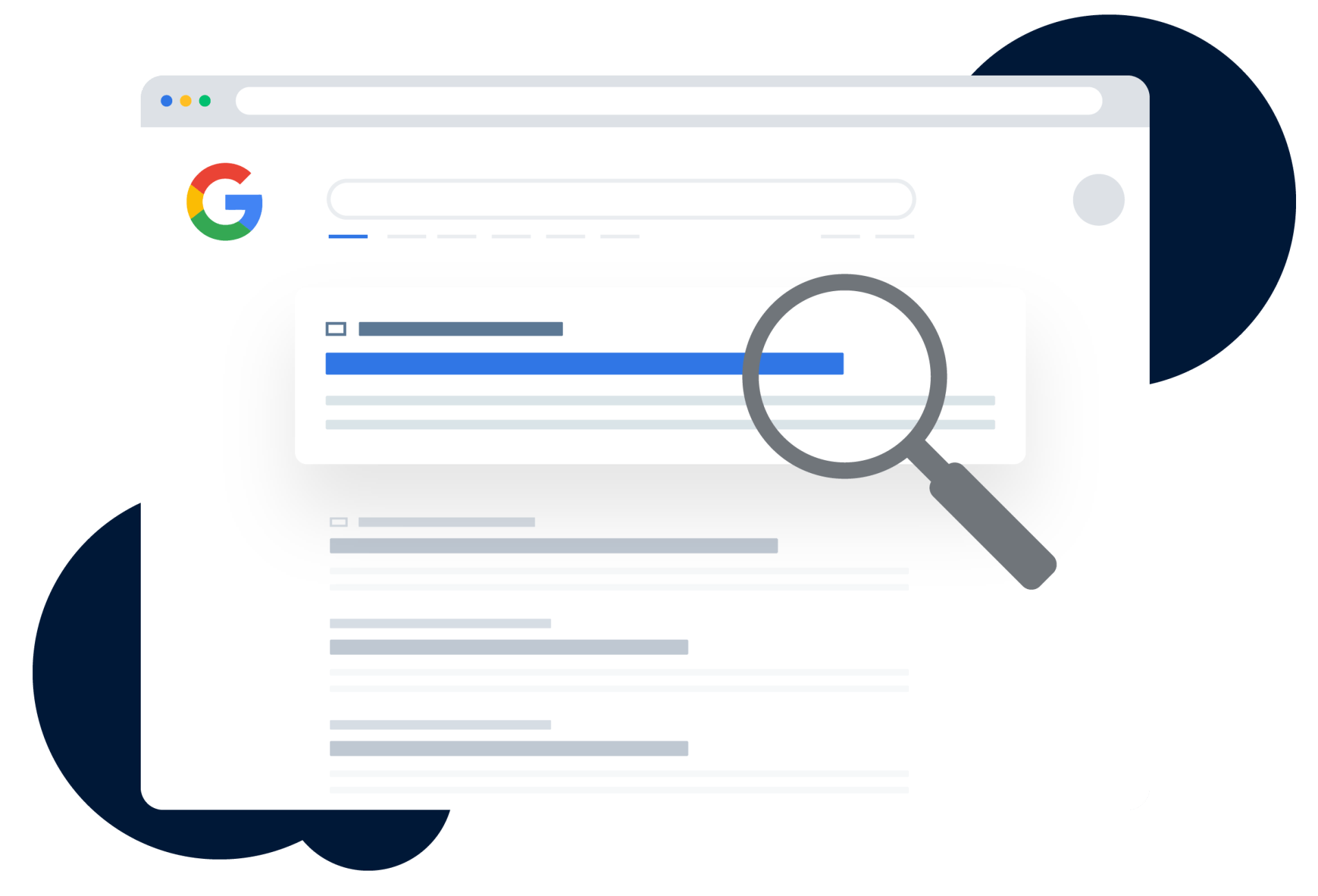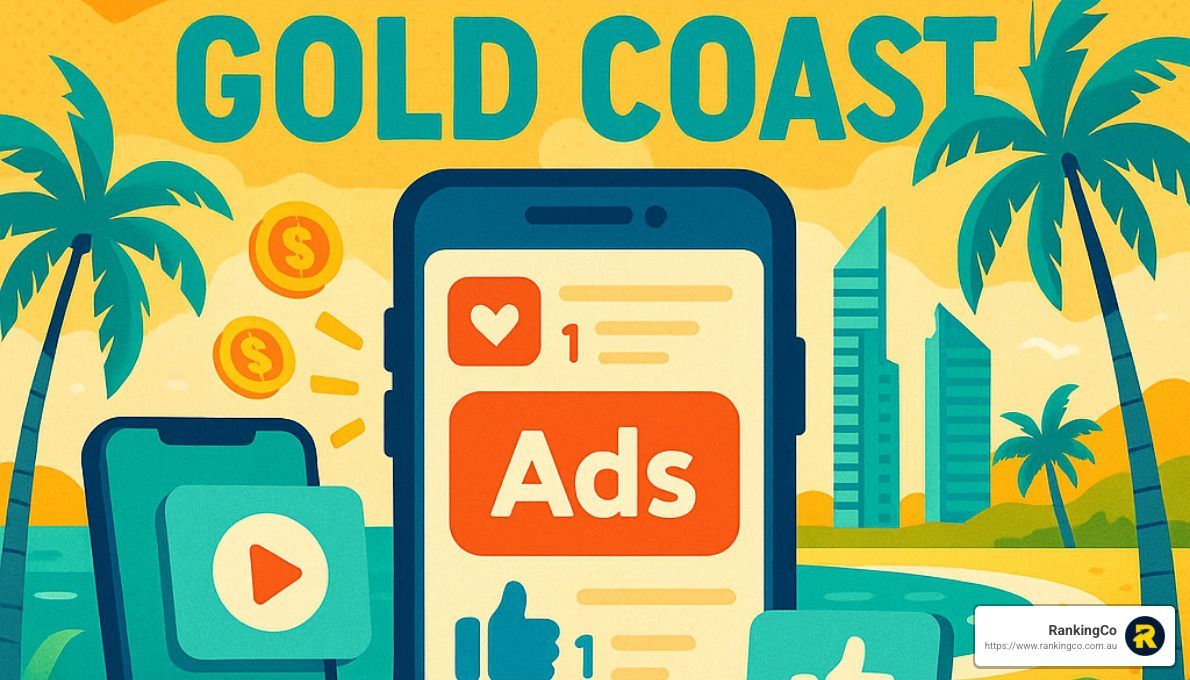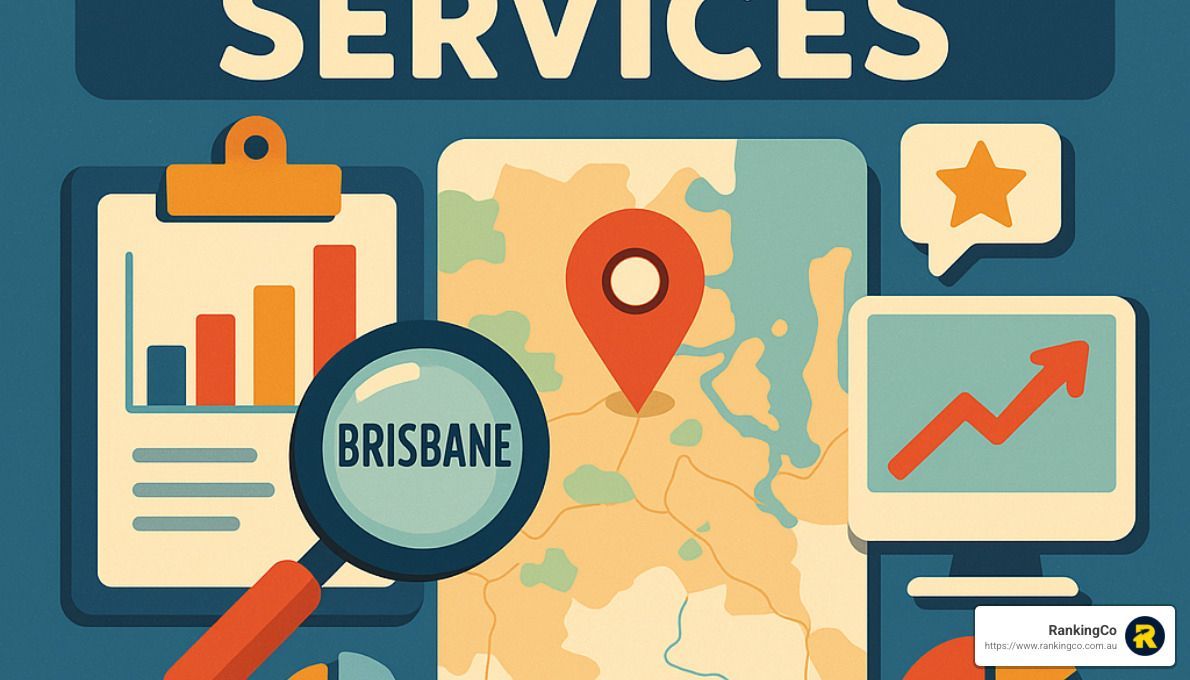Internal Linking For SEO: What You Need To Know
When it comes to content marketing, strategic internal linking is a powerful SEO technique. Having your content linked to somewhere on the web, makes it more efficient for Google to find your posts and pages. Internal links also give Google an idea of the structure of your website. Google can establish a hierarchy on your site, allowing you to get the most important pages and posts more value than other pages. Strategised correctly, internal linking can significantly boost your SEO!
What is internal linking?
Internal links are those that point you from one page to another on your website. Whereas, External links are one that leads you to a page on another domain.
For example, a link to
RankingCo’s Service
page in this article is an internal link, and a link to
Google Trends
is an external link.
It’s easy to focus solely on building natural links from external sources that we often forget internal links.
Still not sure if internal links help SEO? No worries, we’ve broken down its benefits into three key points.
Helps Search Engines Understand Your Sites Structure
SEO wise, implementing a solid internal link structure helps search engines find and index the pages on your website.
As Google explains, some pages are known because they’ve crawled them before, while others are discovered when Google follows a link from a known page to a new one.
Optimised internal links are a guaranteed way of letting Google regularly discover relevant content on your site. Doing so sends signals that
Page A is related to
Page B.
Keep in mind that if Google can’t see how your content is connected, neither will your audience.
Internal Links Pass Authority
Internal links help pass authority between pages on your site and improve your site’s rankings.
This is all based on Google’s algorithm known as
PageRank,
which assesses the quality and authority of your individual pages and gives them value. Identifying your “power pages” can help you make the most of the authority coming into your site.
Internal Links Help User Navigation
As previously mentioned, internal linking is a great way to show your users how your content is connected, thus overall improving your user experience. This might mean taking a user to a product page where they can purchase a product that’s mentioned in a buying guide, or to another piece of content that offers more information on a specific topic.
Internal links increase the average time on site and can potentially nudge users down the paths to purchase.
Reap The Benefits Of Having A Solid Internal Linking Strategy
Unless you’re making a website from scratch, there are at least some degrees of internal linking already in place. To implement a solid internal linking strategy you need to know where your site stands before making new decisions.
RankingCo offers a free in-depth audit of your website. We identify any technical issues and ensure that your site is in its best possible shape to reach your desired audience.
With years of experience in the industry and numerous campaigns under our belt, we’ve got the data and knowledge to help you create an internal link strategy to get your site ranking. Get in touch with us today or give us a call on 1300 247 045 and let’s get you found on Google















